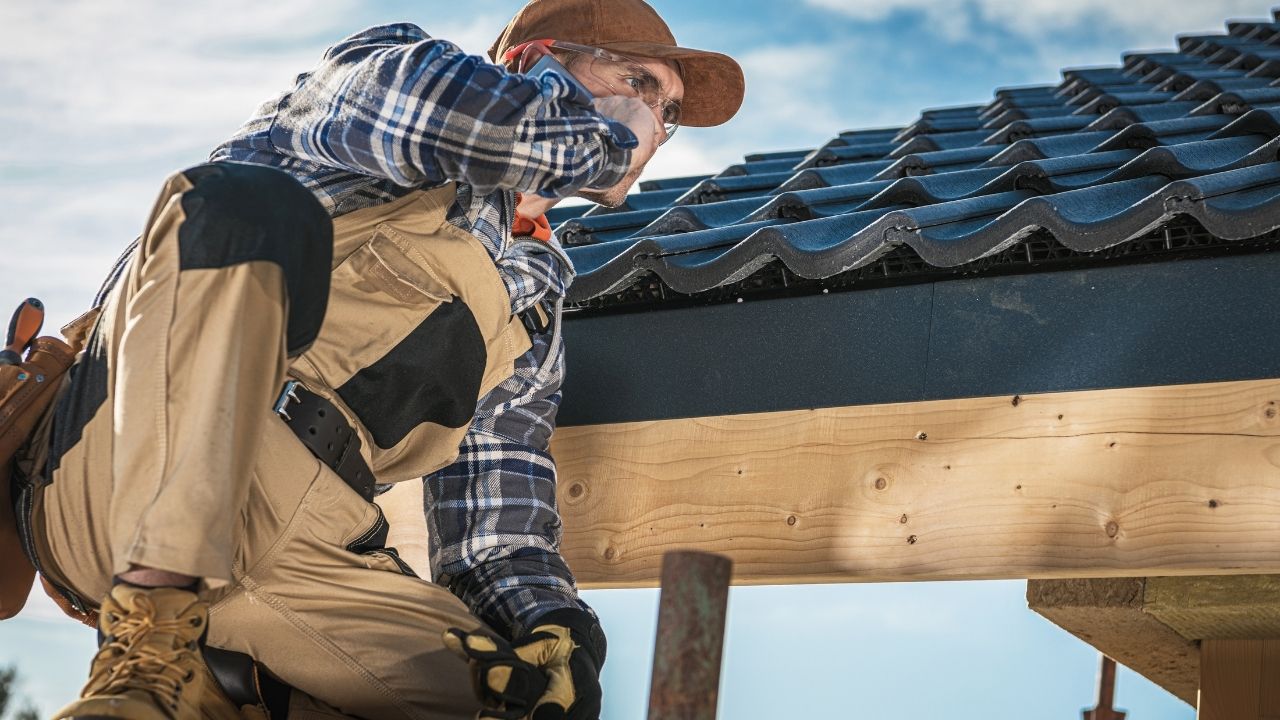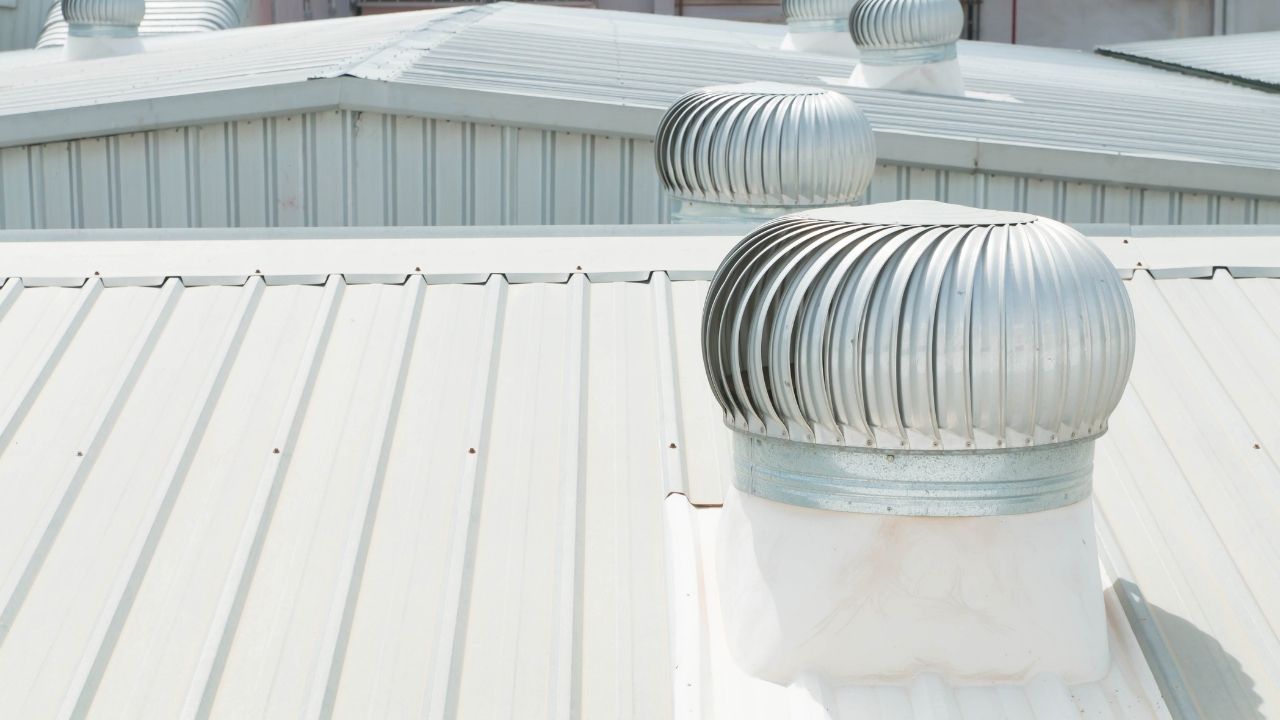
Fiberglass felts consist of cellulose fibers that have been coated with bitumen, asphalt, or both. These materials are highly resistant to tearing and hold up well under harsh weather conditions. In some cases, asphalt-impregnated fiberglass felts are superior to conventional materials, so these types of roofing materials are the best choice for many applications. There are also some drawbacks to fiberglass fels. This article will discuss some of the benefits and drawbacks of the material.
Fiberglass-reinforced shingles are an ideal choice for repairing and maintaining roofs. They are highly fire-resistant, and resist curling and pulling away from fasteners. This material can be found in many manufacturers' Total Protection Roofing Systems. This roofing material is much more expensive than organic shingles, but it is worth the extra cost. This roofing material is the best choice for people who are concerned about leakage but don’t want any damage.

A superior roofing felt is heavier, but it will last longer and be safer to use. It comes in sheets wider than 36 inches and is stronger than fiberglass roofing sheets. Although this material is more expensive, it will reduce the need for seams and will save you money in the long run. Some rolls come with a line printed on them. This makes it easier and straighter to overlap sheets. These advantages make it an excellent choice to use for roofing projects.
Fiberglass felt, weighing 30 pounds, is available in lengths of 72ft and widths of 3 feet. There are two squares on each roll, which weigh approximately 30 pounds each. The ASTM D226/D4897 specifications can be used to classify fiberglass felts in terms of performance. Asphalt-impregnated felts are best suited for roofs with low slopes. This is where the roof can retain moisture.
Fiberglass-impregnated felts are made from asphalt-impregnated fiberglass. Perforated felts have a transparent surface that allows water to drain from roof. A saturated type is waterproof. This material is great for those who are concerned about moisture and rot. Unlike fibreglass, felt can be easily replaced. Fibreglass is more expensive than felt. A 30-pound roll will last about 10 years.

A fiberglass-impregnated felt is recommended for composite asphalt shingle roofs. You should use it with caution when installing wood-shingle rooftops. It will prevent air circulation and cause water to collect, which will decrease the life of the wood-shingles. A shingle roof does not need an underlayment, despite what the manufacturers claim. Consult a professional roofing contractor if you have any questions. It is important to select a reliable supplier and follow manufacturer's instructions.
There are several advantages to using a fiberglass-fiberglass blend. Blended felt of high quality will help prevent dust from building up on your roof. It is more economical than 100% aramid or pps felt. It is resistant to heat and ultraviolet damage. It is also stronger and lasts longer. In addition, it is easier to install than traditional asphalt-fiberglass-felt roofs. It is an ideal choice for steep-slope roofing applications because of its flexible and pliable nature.
FAQ
What is the cost to renovate a house?
Cost of renovations depends on the material used, how large the job is and how complex it is. Some materials like wood need additional tools, like saws or drills, while others like steel don't. The price of renovations depends on whether you hire a contractor to do the job or if you are willing to do the work yourself.
Home improvement projects cost on average $1,000 to $10,000. The total cost for a home renovation project would be $5,000 to $25,000 if you hire professionals. If you hire professionals, the cost would be between $5,000 and $25,000. However, if the task is done entirely by yourself, the cost could rise to as high as $100,000.
The final cost for renovation depends on many factors. The cost of renovation depends on the material used (e.g. brick vs concrete), the size of the project, the number of workers involved, the length of the project, etc. When estimating the total cost for renovation, it is important to keep these factors in your mind.
Should you do floors or walls first?
It is the best way to begin any project. It is essential to consider how the space will be used, who will use it, and why. This will help you decide if you should go for flooring or wall coverings.
You might choose to first install flooring if your goal is to create an open concept kitchen/living area. Wall coverings are an option if you prefer to keep this space private.
How can I avoid being ripped off while renovating my home?
It is important to understand what you are buying to avoid being scammed. Be sure to read the fine print before you sign any contract. You should also not sign any unsigned contracts. Always request copies of signed contracts.
How much does it take to renovate a home?
Renovations are usually between $5,000 and $50,000. Renovations typically cost homeowners between $10,000 and $20,000
How important do you need to be preapproved for a mortgage loan?
Getting pre-approved for a mortgage is very important because it gives you an idea of how much money you need to borrow. It can also help you determine your eligibility for a particular loan program.
How do you make a house look new?
Here are some tips to help you renovate your home without spending too much money.
-
Create a budget plan
-
Learn what materials are needed
-
You must decide where to place them
-
Make a list with the items you need to purchase
-
Calculate how much money is available
-
Plan your renovation project
-
Get to work on your plans
-
Do your research online
-
Ask friends and family to help
-
Get creative!
What is the average time it takes to renovate a house?
It all depends on the project's size and how many hours you spend each week. The average homeowner spends between three to six hours per week on the project.
Statistics
- It is advisable, however, to have a contingency of 10–20 per cent to allow for the unexpected expenses that can arise when renovating older homes. (realhomes.com)
- On jumbo loans of more than $636,150, you'll be able to borrow up to 80% of the home's completed value. (kiplinger.com)
- They'll usually lend up to 90% of your home's "as-completed" value, but no more than $424,100 in most locales or $636,150 in high-cost areas. (kiplinger.com)
- The average fixed rate for a home-equity loan was recently 5.27%, and the average variable rate for a HELOC was 5.49%, according to Bankrate.com. (kiplinger.com)
- Most lenders will lend you up to 75% or 80% of the appraised value of your home, but some will go higher. (kiplinger.com)
External Links
How To
Where can I get information on home improvements?
Home improvements are a great way for you to save money while also improving your home. You can make your home more attractive and cost-effective without spending a lot. There are many ways to make your home more appealing without spending a lot of money, such as painting and landscaping or adding a spa. Many resources are available online that will assist you in deciding which project you should undertake.
The internet offers a wealth information about home renovation projects. Many websites provide detailed instructions to help you complete different tasks. You can see how your house would look after you have completed each task on many of these websites.
You may also find articles written by professionals about topics related to home improvement. You may find an article in a magazine about the best kind of paint to paint your walls. This article can give you advice on how to choose the colors and types of paint that best match your existing decor.
There are many websites that offer tips and advice on home improvement. You can find great information on home improvement projects at websites like Yelp.com and Pinterest.com. Every website offers useful information about products or services that might be of interest to you.
Some websites focus exclusively on home improvement. Lowe's.com, for example, allows you to view the company's entire catalog of tools and other materials that are used in home improvements. You may also find useful information on how to choose and install window treatments.
Home improvement projects can be fun, interesting, and rewarding. By learning about them, you can improve your home.